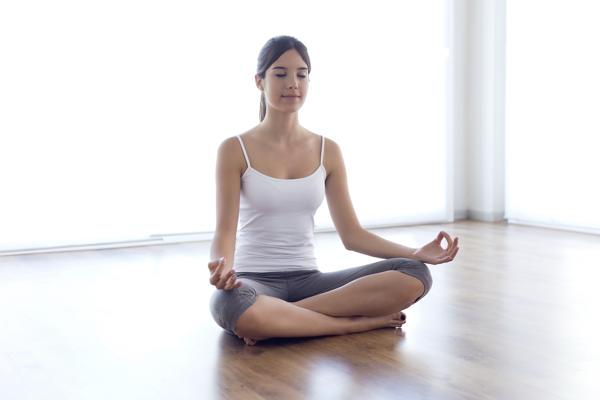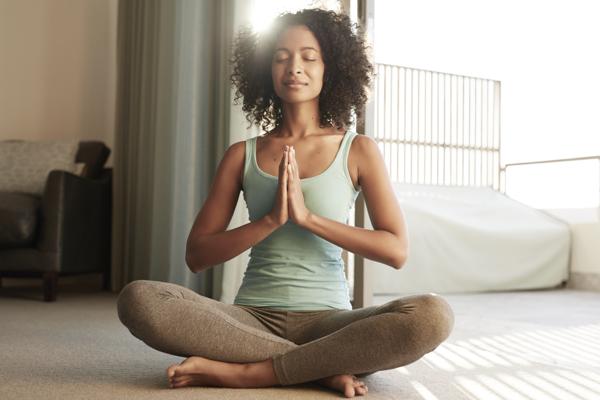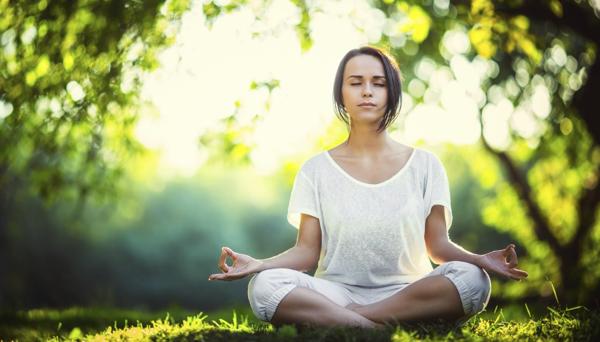
For those of you who want to head a group of meditating people, you can learn how to lead a guided meditation to successfully train people on how to work on their minds and energies. Acquire helpful tips on how to gain lasting results for both you and your participants.
Meditation is a powerful technique that has been passed down through centuries from monks and religious figures that practiced this form of relaxation and enlightenment in depth. It is a way of calming not just one’s mind, but one’s insides where negative vibes reside. It is a way of cleansing the body – spiritually, mentally and emotionally, while changing physical aspects as well. It promotes an overall feeling of well-being, and helps one rein in peace and that which is positive, in spite of how our lives tend to be stressful.
It is a great way of starting off your day with a clear mind and a relaxed approach when handling tense moments and uptight people. It can help you work your way through life’s many messy plots without losing oneself to the chaos and pollution that our lives tend to choke on. A guided meditation concentrates on areas like focusing on our energies, breathing, and feelings of gratitude to name a few, including how to live in the moment.
Leading a Guided Meditation
There are different ways on how one can meditate, where the best one would be to find a comfortable space for your participants, that is quiet, spacious and well-ventilated.
☯ Planning the Session
Have your participants meet at a good time, this preferably being early in the morning to get the body charged up with positivity and have all one’s senses leveled, before beginning their day. You could also have sessions twice a week over the weekends to make it more flexible for everyone, again keeping it early in the morning. Choose a space that doesn’t have the sound of traffic, polluted areas close to the suburbs or bustling crowds. It should be silent, with lots of greenery around and plenty of fresh air. Have them get to know one another through brief introductions, making them feel comfortable amongst each other.
Ask participants to carry along with them a comfortable yoga mat that they can position themselves on while sitting through the meditative session (if you provide these then there is no need for them to bring one along). Have scented candles placed around the room, and soft instrumental music or nature-esque sounds to help participants get into a more relaxed state. The room shouldn’t hold too many people, making it claustrophobic (if the room is large then it would be convenient to place all of them together, well apart). Break up your sessions into two if you have to cater to a lot of people. It shouldn’t be stuffy or crowded, and your voice has to be loud enough for it reach all of them at once in an adequate space.
☯ Getting Started
Have everyone sit cross-legged with their hands resting on either their knees (lotus style), or folded in front of them. Instruct them to sit upright, and concentrate on their breathing. Your voice is their guidance tool, where many people opt for a voice guided meditation where a CD player instructs participants on how to progress through the session. Here you are in the flesh with your participants, and they will be focusing on your voice as you lead them into the beginning and end of the session.
Make sure you are audible enough and that the background music is kept soft at all times and isn’t distracting. Speak clearly to them, and tell them to focus on their breathing which is a very important practice of the meditative approach. You need to tell them to pay attention to how they take in air and release it, keeping it relaxed and not rushed or strained.
Work on their breathing by doing deep breathing exercises that flow from right within one’s diaphragm. Have them speak out words like om or inner peace, as they semi-instruct their systems on how to breathe. Then you can move on to how to focus on their energies by sensing the way the different parts of their bodies rest in one place. Help them feel these energies as it ebbs through them, pulsing forward and increasing in intensity as they pay close attention to every part of their bodies.
☯ Invoking Gratitude and Good Feelings From Within
It is important to feel thankful for all that one has in their lives, and for all that is being received from a higher power. Without feelings of gratitude, we aren’t able to truly feel appreciation for what we have and what we are obtaining. Even if our lives have their downs doused in bad elements, it is the good in it be it small or big, that matters the most.
Help them to understand feelings of forgiveness and kindness to those they come across in their lives, especially patience in circumstances that call for it. Lead them into the session while working on their positive emotions, and help them release tensions and ill feelings like taking in what is good, and expelling what is bad through breathing.
☯ Ending the Session
When ending the meditation session, ease them out of their states gradually without doing so abruptly. Instruct them to hold their palms together in front of them and finish the session with a quote on enlightenment or a simple ‘namaste’. Participants when they subject themselves to this form of meditation will reap the benefits of these sessions as time progresses.
Advise participants on how to dedicate 15 minutes a day to meditation before starting out on their morning exercise if meditation classes aren’t scheduled for everyday. The best time to help the body get accustomed to such a peaceful practice is to try doing this once you are freshened up post waking up early in the day.





